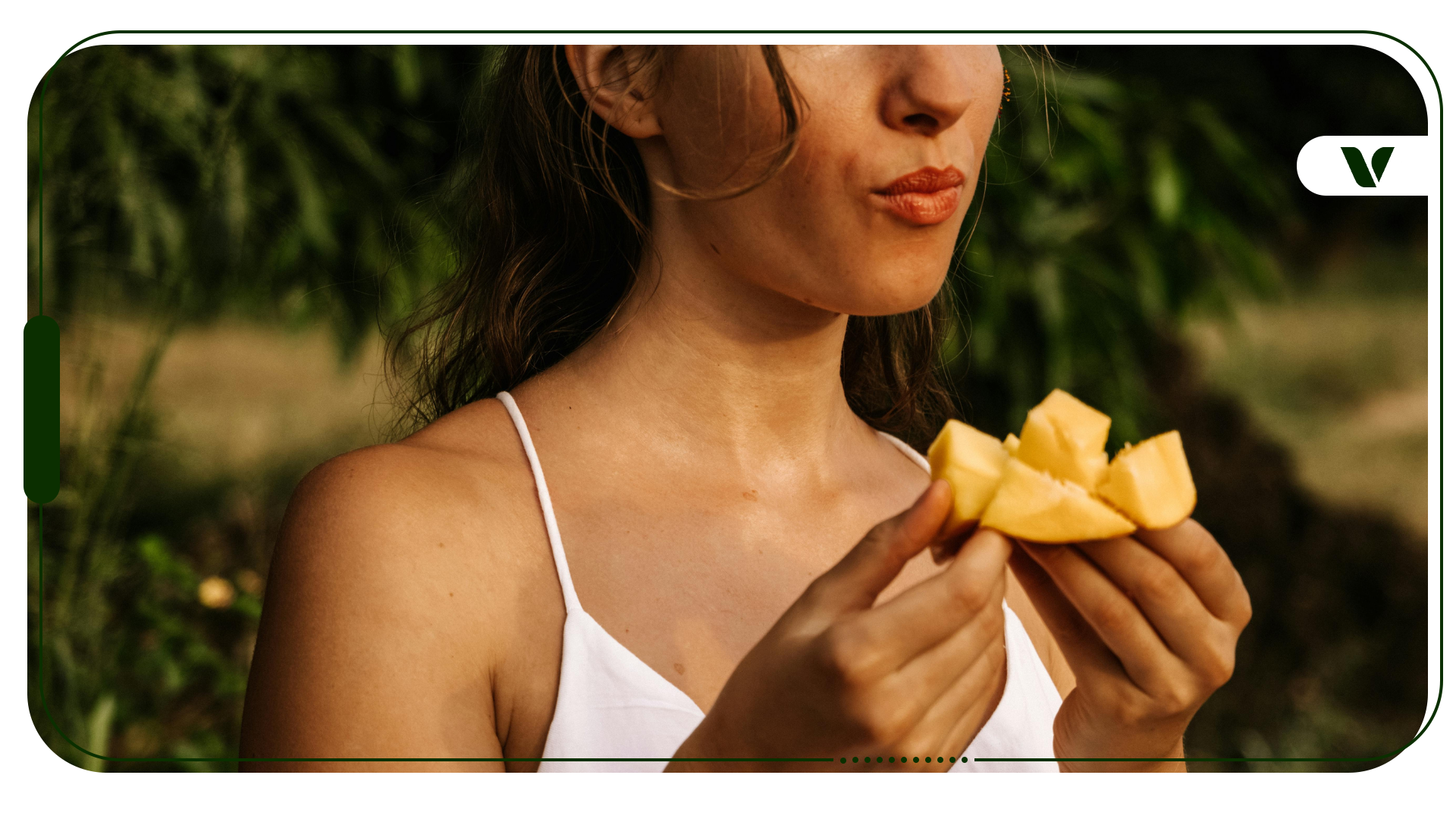The perfect CBD:THC ratio isn’t as hard to come by as you might think. THC and CBD–the most well-known cannabinoids in the cannabis plant–can work side-by-side in various ratios to produce a wide spectrum of effects.
The passing of the 2018 Farm Bill has increased the demand for cannabidiol (CBD) products. Based on the law, hemp-derived CBD products containing less than 0.3% tetrahydrocannabinol (THC) are “no longer controlled substances under federal law.” This change has led to a rise in consumption and an increased thirst for knowledge about the best cannabinoid ratios on the market.
The ratio of CBD to THC in a product explains the amount of CBD compared to the amount of THC in a single dose. THC and CBD interact differently with the body’s endocannabinoid system. So while high-THC products will produce the intoxicating effect known as a “high,” high-CBD products provide entirely different benefits. Let’s explore some ways that these cannabinoids can work together in different ratios.
CBD:THC Ratio Guide
Uncover the benefits of CBD and THC ratios and explore how they interact to provide medical and therapeutic effects.
Combining multiple compounds within products is thought to trigger the entourage effect, providing more therapeutic benefits than a single compound would on its own.
The most important thing to keep in mind here is that if you are worried about intoxication, know that THC may be psychoactive in beginners or occasional cannabis users at doses over 2-3 mg. Knowing the ratio can help you calculate the right doses to keep things under control. By doing so, you can reduce the risk of an unpleasant experience and get faster symptomatic relief from your ailment or medical condition.
1:1
A 1:1 ratio doesn’t mean that a strain of extract contains 1 milligram of CBD and 1 milligram of THC per serving. Rather, it means that for every one part of CBD, there is one part of THC (i.e., the product contains roughly equal amounts of CBD and THC). Anecdotal and even some research evidence demonstrates that this equally balanced ratio is an excellent choice for people who want to get the best of both worlds.
The effects of this cannabinoid combination are fairly tolerable, and it is usually recommended for patients who want to relieve stress, insomnia, muscle and bladder spasms, involuntary movements, and neuropathic (nerve) pain. Consumers will likely experience some cognitive impairment when consuming 1:1 products, depending on the dose.
Notably, the ratio of 1:1 is the same ratio used in nabiximols.
5:1
A CBD:THC ratio of 5:1 means that there is 5 times more CBD than there is THC. The effects of this CBD:THC ratio are usually mild and relaxing, making it suitable for people who want to ease the effects of anxiety or stress.
However, a CBD:THC ratio of 5:1 is not recommended for people with a low tolerance for THC since the psychoactive composition is considered to be ‘medium.’ This means there may be some intoxicating effects if taking more than 10 mg of a 5:1 CBD:THC product. This ratio is not likely to be intoxicating, according to new research.
10:1
A CBD:THC ratio of 10:1 means that there is about 10 times more CBD than there is THC in the strain. It is unlikely that you will experience intoxicating effects if you opt for a strain with a CBD:THC ratio of 10:1 because the CBD content dampens the effects of THC.
Patients who are unable to consume THC during the daytime due to work-related rules, duties, or driving can usually rely on this blend for mild relaxation and pain management, combined with the anti-inflammatory effects of CBD. Always remember to dose in mg and consume responsibly.
20:1
A ratio of THC:CBD of 20:1 means that there are 20 parts CBD to one part THC. The 20:1 CBD:THC ratio is well-suited to medical cannabis patients with anxiety, depression, restlessness, seizures, and even epilepsy.
It’s important to note that, despite the purported benefits like pain relief and inflammation relief, it is easy to consume high doses of CBD in this range which may cause dizziness and nausea.
50:1
A CBD:THC ratio of 50:1 means that there is 50 times more CBD than there is THC. Thanks to the extremely low THC content, this option is favored among people who want to steer clear of the psychoactive effects of THC.
Higher CBD strains or extracts with the 50:1 ratio may provide relief from the symptoms of ALS, PTSD, anxiety, and opioid use disorder, but high doses of CBD may cause diarrhea, lethargy, stomach upset, and drowsiness.
What Ratio of CBD to THC Is Best?
It’s tricky to predict exactly how you might feel after dropping a tincture onto the tongue, sinking your teeth into an infused edible, or inhaling cannabinoid-packed vapor. Why? Because cannabis’ effects on the body depend on the CBD:THC ratio of the product, meaning that some ratios will be more or less effective for a variety of conditions and ailments, such as anxiety, pain, or depression.
Why You Should Get Your Medical Marijuana Card
Veriheal has satisfied millions of patients nationwide by giving them access to these benefits
- Larger purchase limits
- Peace of mind
- Enhanced legal protection
- Access to higher potency strains
- Save up to 25% on cannabis purchases
- Skip the line at the dispensary
Furthermore, your tolerance level, the quality of the product you choose, your genetics, your weight, and your lifestyle choices—e.g., whether or not you drink alcohol or currently consume any type of medication—are some other factors that should come into play when deciding on a cannabis product’s CBD:THC ratio.
Let’s take a look at some commonly diagnosed medical conditions and the best-suited cannabinoid ratios for each.
Anxiety
A 2022 systematic review titled “What Do You Know About Maryjane? A Systematic Review of the Current Data on the THC:CBD Ratio” found that hemp-derived CBD can help to ease the mind of stress. The best CBD ratio for anxiety is around 20:1, with CBD-dominant strains renowned for being highly anxiolytic, as demonstrated in this report.
A recommended strain is Ringo’s Gift, a cross of ACDC and Harle-Tsu. This CBD strain contains an average CBD:THC ratio of 13:1, but it is possible to find strains that contain upwards of 20:1 CBD: THC.
Depression
THC, which indirectly influences the CB1 receptor, could very well offer depressed patients some respite from those blue moments and it is preferred over THC in such cases. Such are the findings in a study titled “Hippocampal CB1 receptor mediates antidepressant-like effect of synthetic cannabinoid-HU210 in acute despair reaction model in rodent model.”
On the other hand, while THC may reduce anxiety, it can actually spark feelings of anxiety (anxiogenic) when consumed at higher doses (>10-20 mg). With this in mind, CBD-dominant products – such as those with a CBD:THC ratio of 10:1 or higher – will offer the most effective treatment. Some patients may also benefit the most from pure CBD that contains zero trace of THC.
Pain
For mild pain, it’s worth trying a CBD:THC ratio of 20:1 or 10:1. Patients with neuropathic pain, however, should consider a balanced ratio of 1:1. In cases of severe or chronic pain, a ratio of CBD:THC 1:10 or 1:20 may provide a fair amount of symptomatic relief.
Insomnia
A study published in the Journal of Sleep Research, titled, “Medicinal cannabis improves sleep in adults with insomnia: a randomized double-blind placebo-controlled crossover study” investigated the efficacy and tolerability of the Entoura-10:15 medicinal cannabis oil on sleep in adults who suffer from insomnia.
A total of 29 participants with self-reported clinical insomnia partook in the study, and the findings indicate that the 15:10 (3:2) CBD:THC ratio “was generally well tolerated, and was effective in improving sleep.” In fact, the quality of sleep improved by 80%. These findings suggest that THC-heavy strains could help to promote a good night’s rest.
CBD:THC Ratio FAQ
Still have some questions about CBD:THC ratios in cannabis products? Here is some of the most requested information.
How much CBD is enough to relax?
The amount of hemp-derived CBD a person should use to relax depends on their personal biochemistry, their needs, and product quality. A good starting point is 10 milligrams and this dose is considered to be low/mild. Focus on the feeling and increase CBD as necessary to 20-25 mg (moderate to midrange) or 45-50 mg (strong, for experienced consumers).
Which CBD:THC ratio will get me high?
Generally, anything with a CBD:THC ratio above 10:1 should not spur on a high. However, it’s possible that users with a low tolerance for the psychotropic cannabinoid THC may experience psychoactive effects if they opt for products/strains with a ratio of 2:1 and 1:1.
Final Takeaway
The most straightforward way to determine the optimal CBD:THC ratio is to request a recommendation from a trusted medical marijuana doctor in your area. Following a discussion, you can make an informed decision and test the waters with various CBD/THC combinations. Be sure to document bodily changes after selecting a ratio that delivers ample physical and mental perks without negative side effects.
Keep in mind that the FDA continues to regulate cannabis or cannabis-containing products, such as industrial hemp. Make sure the blend you choose is specially formulated and lab-tested before you use it to relieve any of the aforementioned symptoms. You should also pay thought to any other types of medication you may currently be taking since CBD can increase the body’s level of blood thinners.
For more personalized guidance on CBD:THC ratios, set up an appointment with a cannabis coach to explore products that best suit your condition(s).
Note: The content on this page is for informational purposes only and is not intended to be professional medical advice. Do not attempt to self-diagnose or prescribe treatment based on the information provided. Always consult a physician before making any decision on the treatment of a medical condition.
Author, Share & Comments







